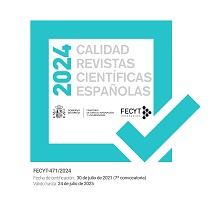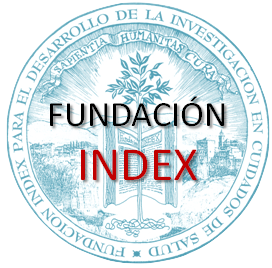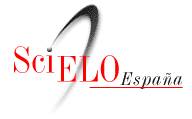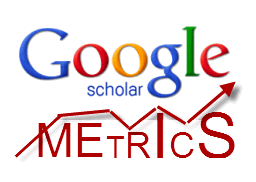Variable correlations of the Maslach Burnout Inventory in emergency health care professionals
Abstract
The emergency service is an environment that exposes the health care professionals to psychological diseases. The research looked for the characterization of the health care professionals who work at an emergency unit in a size IV hospital from the northwest of Rio Grande do Sul and to correlate Burnout Syndrome variables. This research is descriptive, quantitative and it was developed in 2007, with 38 professionals. The tools used for the recording of the data were the Maslach Burnout Inventory (MBI) and the socio-demographic data. A SPSS and descriptive statistics were used. The profile is 57,9% women, 30-40 years old, 60,5% married, with children, 70,3% have studied secondary education, the 2,7% got graduated and the 27,0% got the post grade specialization. 34, 2% have worked for 3, 5 years in the profession and 55, 3% have worked for 3,5 years at the Emergency Department. Regarding the dimensions of the syndrome, there are tens of sick leaves due to emotional exhaustion, depersonalization and incompetence, showing a low level of Burmout. The context of work got high scores. Significant correlations were found among “age”, “emotional deterioration” and “incompetence”, between “time of action at emergency” and “incompetence”, between the “time of work in emergency situations” and “development of the race”, and between “emotional exhaustion” and “incompetence”; Depersonalization with Incompetence and Development of the Race; Incompetence with the Organizational Structure, Development of the Race and Interpersonal Relations; Organizational Structure with Work Overload (quantitative) with Interpersonal Relations. The production of more knowledge may help the daily routine of these professionals and it also may stimulate the researchers to carry on with their studies.
Downloads
-
Abstract647
-
PDF (Español (España))754
-
PDF (Português )754
The works published in this magazine are subject to the following terms:
1. The Publications Service of the University of Murcia (the publisher) preserves the copyright of the published works, and encourages and allows the reuse of the works under the license for use stated in point 2.
© Servicio de Publicaciones, Universidad de Murcia, 2011 (© Publications Service, University of Murcia, 2011)
2. The works are published in the electronic edition of the journal under Creative Commons Reconocimiento-NoComercial-SinObraDerivada 3.0 España(texto legal) “ a Attribution-NonCommercial-NoDerivatives 3.0 Spain license (legal text)”. They can be copied, used, broadcasted, transmitted and publicly displayed, provided that: i) the authorship and original source of their publication (journal, publisher and URL) are cited; (ii) are not used for commercial purposes; iii) the existence and specifications of this license is mentioned.
3. Conditions of self-archiving. Authors are allowed and encouraged to electronically disseminate the pre-print (pre-reviewed ) and / or post-print (reviewed and accepted for publication) versions of their works prior to publication, as it ensures a wider circulation and dissemination which may lead to a possible increase in its mention and a higher scope among the academic community. RoMEO color: green.












